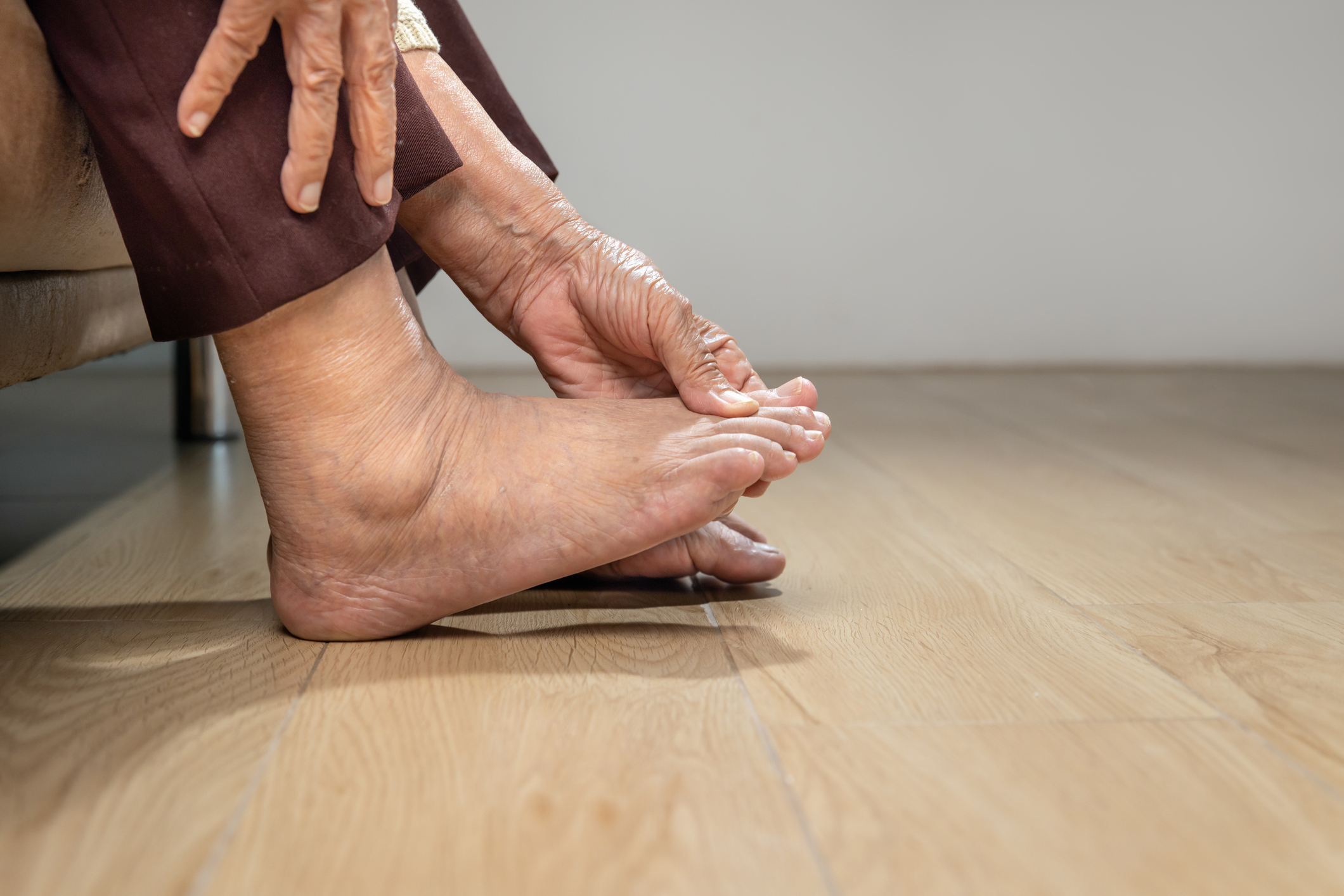Swollen feet are tricky. Sometimes excess fluid in the lower extremities can be perfectly innocuous…but other times, it can indicate a very serious medical condition. That’s why swollen feet should never be ignored, says vascular surgeon Jose Almeida, MD.
Here’s how to distinguish between harmless, “normal” swelling…swelling worthy of a visit to the doctor…and swelling that is immediately life-threatening.
Why Are My Feet Swollen?
Edema, or swelling, in the feet, especially around the insides of the ankles, is common and often harmless. Sometimes we see “pitting edema” in the lower extremities—when pressure applied with a fingertip leaves an indentation. Age, excess weight, too much dietary salt, heat, pregnancy, blood pressure medications, ibuprofen and standing for long periods all can cause fluid to drain from blood vessels into tissue.
Your foot swelling likely is harmless if it is only episodic…goes away the next day…appears on both lower extremities…and doesn’t involve acute pain. You might be able to reduce this swelling by taking commonsense measures that address the possible causes listed above.
- Wear compression stockings.
- Elevate the affected lower extremity above the heart level.
- Consume less salt.
- Lose weight.
But not all swollen feet causes are so benign. Swelling in the legs, ankles and feet can stem from several serious medical conditions, including…
- Deep vein thrombosis (DVT). A blood clot in a leg vein can cause sudden painful swelling. In most cases, this occurs on only one side of the body, although occasionally a patient might have an occlusion (blocking or closing) of the major vein known as the vena cava, which causes bilateral swelling. Symptoms come on quickly. This is a life-threatening emergency, so get to an ER quickly. Doctors there will use an ultrasound to see if there’s a blood clot that could travel to your lungs and be deadly.
- Lymphedema. If the swelling is less in the ankles and more on the top of the foot and in the toes, the cause may be failure of a lymphatic vessel to transport fluid throughout the body. See your doctor. Lymphedema makes tissue susceptible to infection, so it should be treated with antibiotics if infection is suspected.
- Heart failure. Fluid retention is a common heart-failure symptom, and it often manifests in the feet. That’s one reason why unexplained, chronic swelling in the feet should be discussed with your doctor.
- Liver disease. A damaged liver stops filtering blood effectively, so fluid begins to back up in the veins, first in the belly and then, thanks to gravity, down through the legs.
- Kidney disease. With kidney failure, you’re not urinating out fluid that needs to be removed from your body, so it accumulates in tissue. Obviously, kidney disease, like liver disease and heart failure, is a very serious condition that needs to be treated by a health-care professional.
How to Relieve Swollen Feet
Depending on the cause, your doctor might suggest any of several treatments, including wearing compression stockings…elevating your lower extremities…eating less salt…losing weight…changing medications…manual lymphatic massage therapy…special bandaging…lymphedema pumps…and treatment of any underlying condition causing the swelling. Surgery is rarely required.

